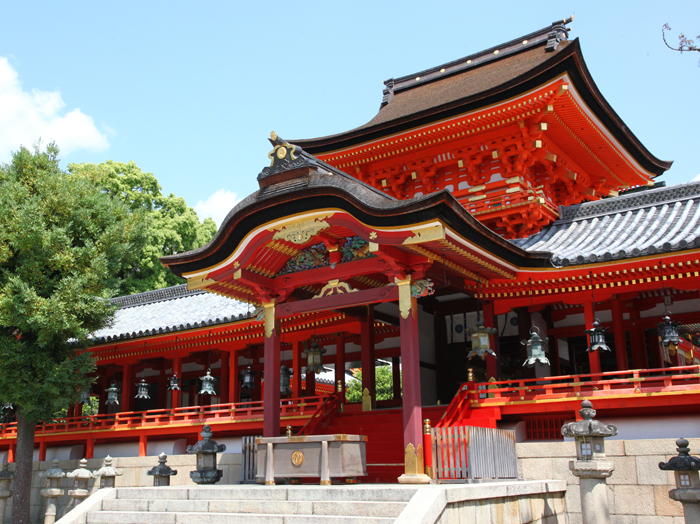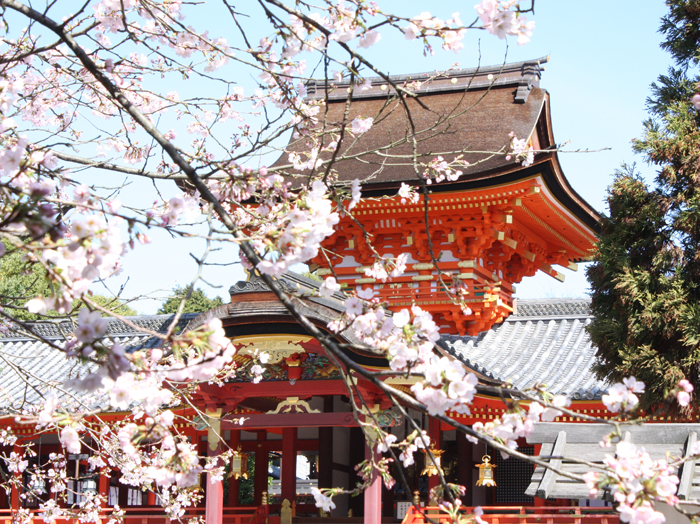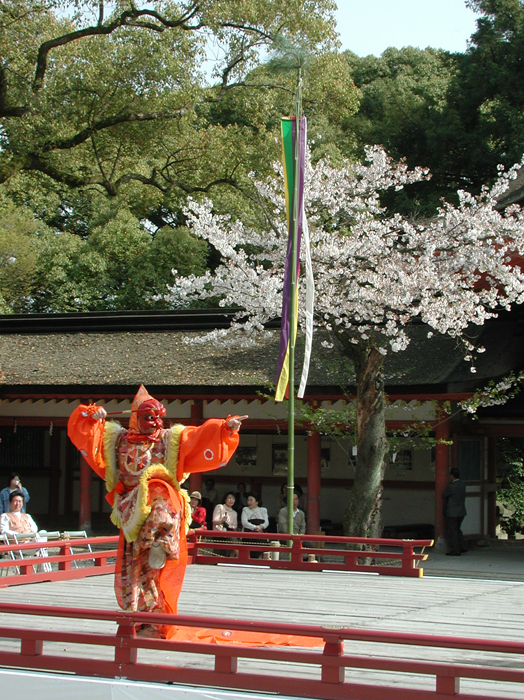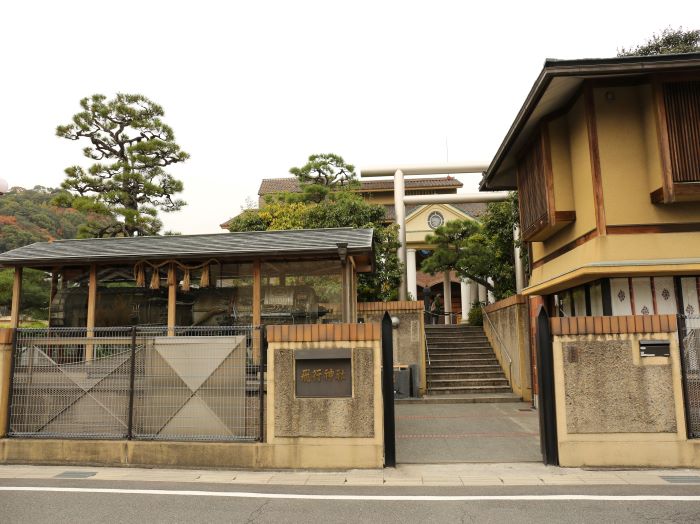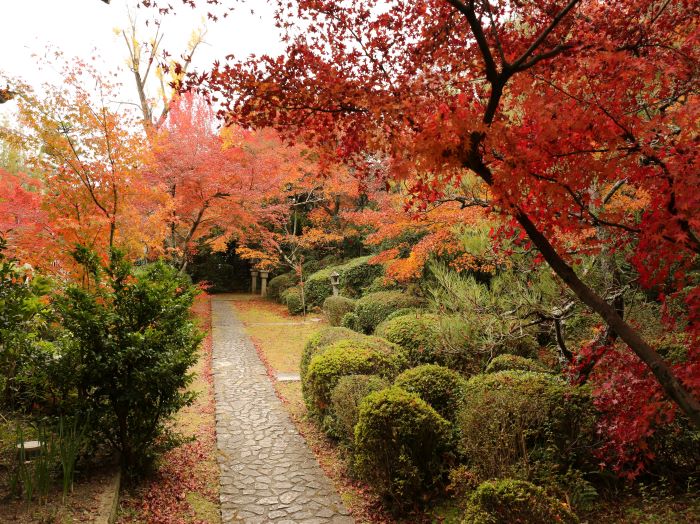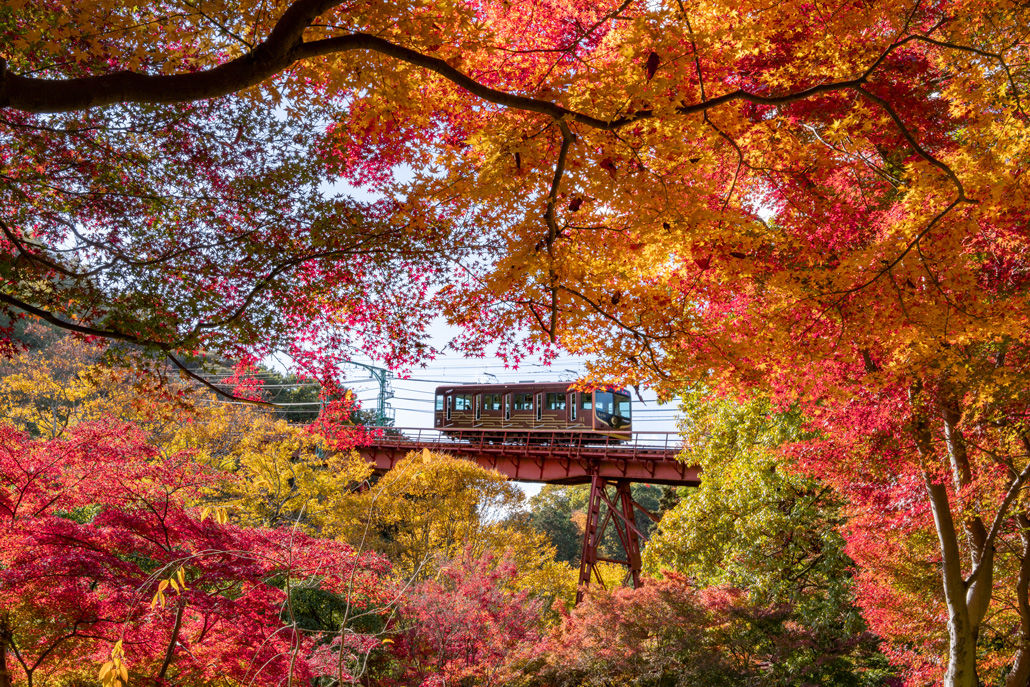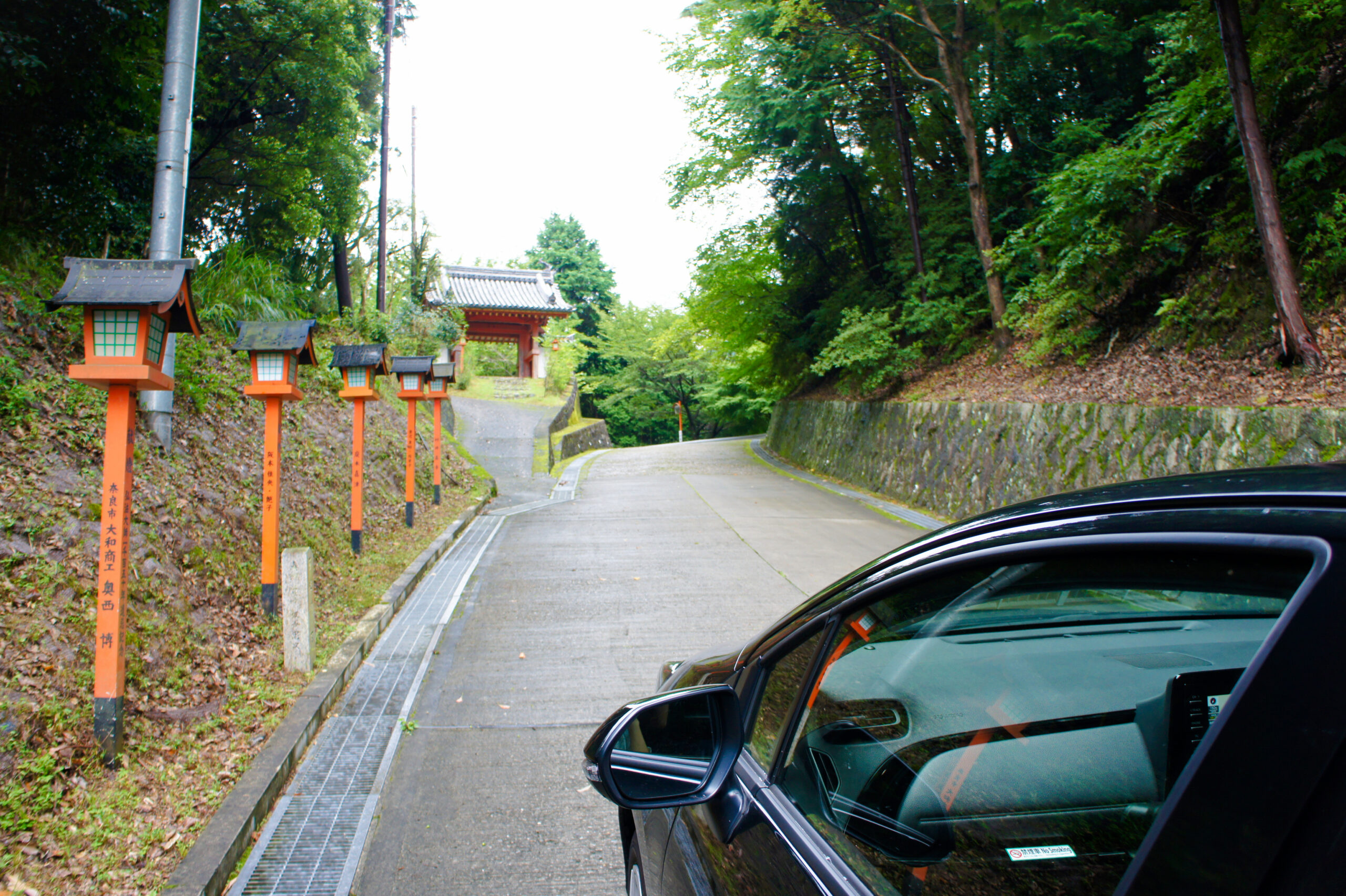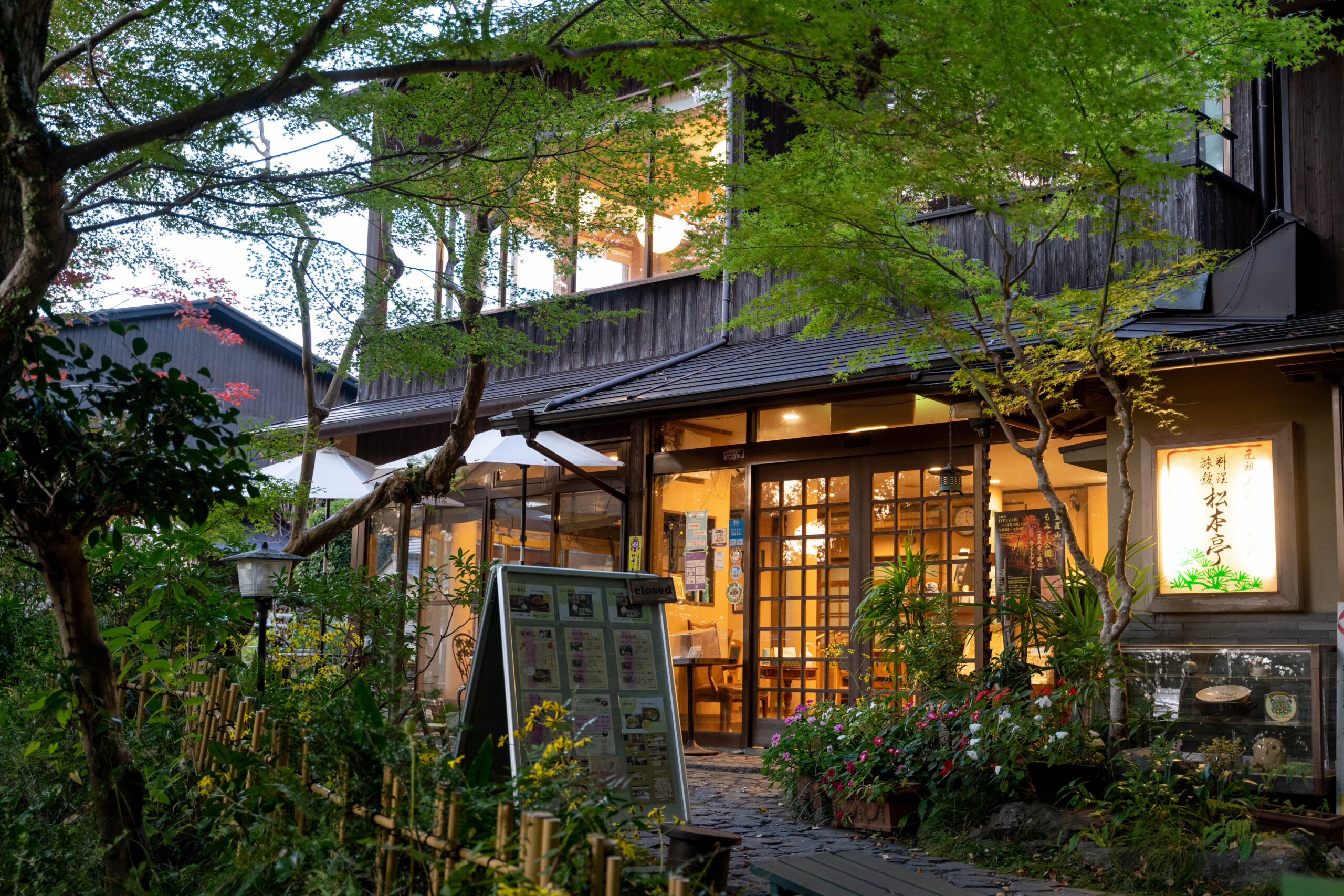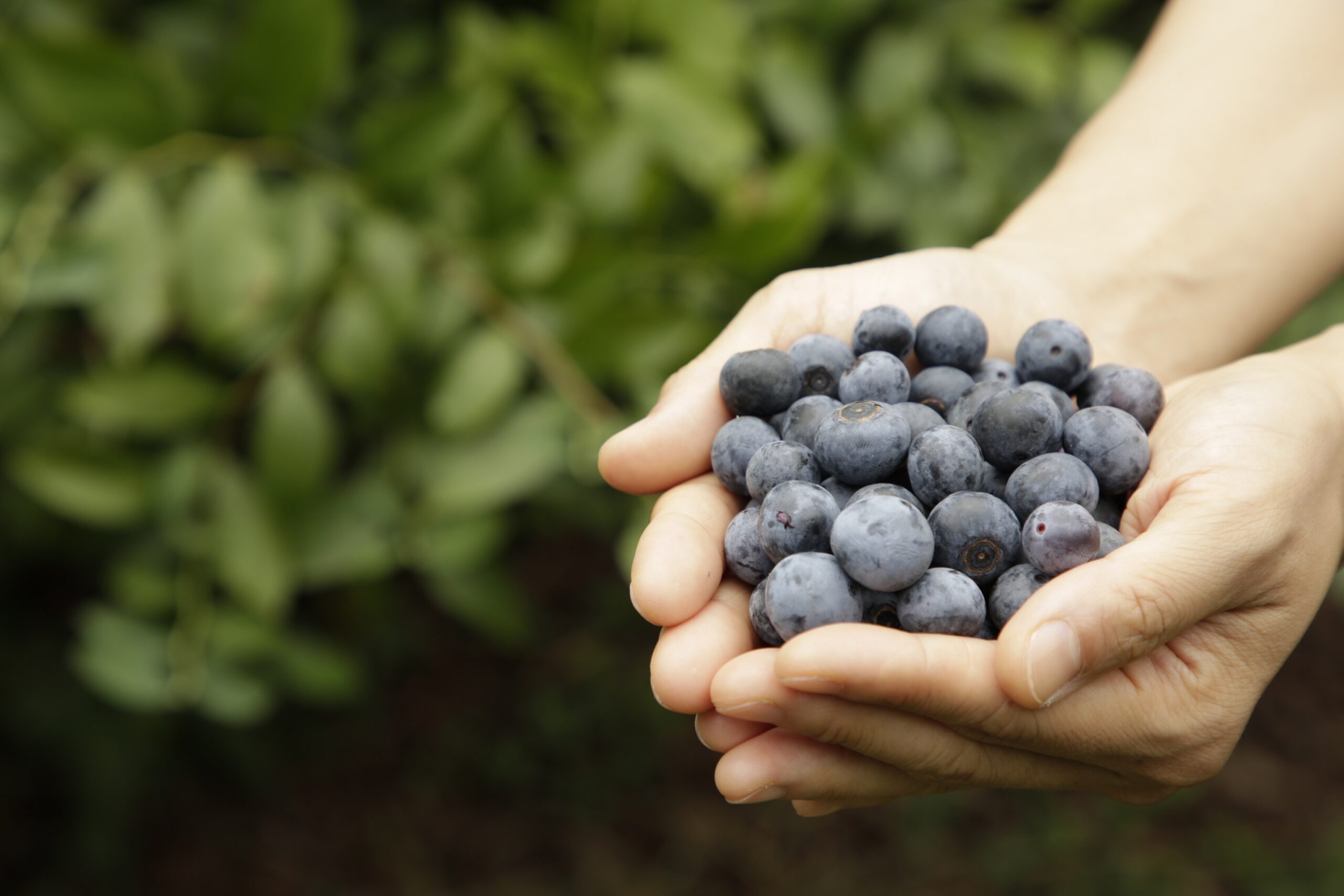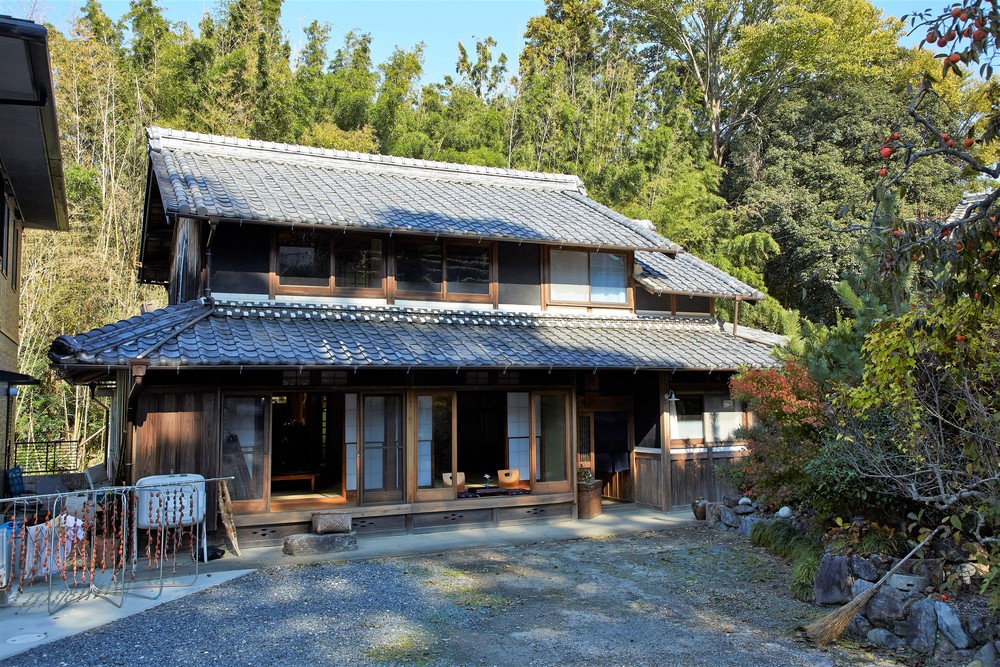Iwashimizu Hachimangu is one of the three major Hachimangu shrines. This majestic shrine, with a nearly 1,200-year history, is considered Japan's second most important shrine after Ise Jingu (Ise Shrine). The shrine is dedicated to Hachiman Okami, believed to be ancestors of the emperors of Japan. Since ancient times, Hachiman Okami have been deeply revered as guardian deities of Kyoto and the nation in this shrine. This profound reverence has been passed down through generations of emperors as well.
It was also a sacred place of worship for some of the most famous samurai warriors in history. The Minamoto clan (Genji), who established the Kamakura shogunate (1185-1333), highly respected Hachiman Okami as their tutelary deities. Even after the fall of the Minamoto clan, Iwashimizu Hachimangu has remained one of Japan's most important shrines to this day.
Moreover, it has National Treasures including the main building of the complex, which is adorned with intricate, colorful carvings. In its long history, the building complex was renovated by Oda Nobunaga, and the cloisters were built by Toyotomi Hideyoshi and Hideyori. The current complex was rebuilt by Tokugawa Iemitsu and completed in 1634. It is the oldest and one of the largest surviving Hachiman-zukuri (a traditional Japanese architectural style seen at Hachimangu shrines) in Japan.
The shrine holds a special place in Japanese history, and is also a visually stunning place. It offers amazing views of cherry blossoms in spring, and a beautiful contrast of fall foliage and evergreen trees in fall.
At the entrance of the shrine at the foot of the mountain, there is a 9-meter-tall stone gate called Ichi-no-Torii. On the upper part of it, you'll find a tablet with kanji (a Chinese character) of “hachi (八)”, in “Hachimangu (八幡宮)”, written in the shape of two pigeons. Actually, pigeons are considered as messengers of the deities, Hachiman Okami. Pigeons can be found hidden as motifs throughout the shrine. You can even find adorable pigeon-shaped omikuji (small items containing fortune-telling slips) and omamori (Japanese amulets).
- Tel
- 075-981-3001
- Address
- 30 Yawata Takabo, Yawata City, Kyoto
- Access
- Train: From Iwashimizu-hachimangu Station (Keihan Main Line), take the cable car (from Cable-hachimangu-guchi Station to Cable-hachimangu-sanjo Station) and walk for 5 minutes.
Car: about 20 min. from Kumiyama-Yodo Interchange
- Business Hours
- 6:00am - 6:00pm
Gokito (purification rituals) reception: 9:00am - 4:00pm
Open year-round
- Parking
- Available
(January 1-3: May be not available)
About 60 regular-sized cars (500 yen), about 10 large buses (1,000 yen)
(January 1 - February 3, cherry blossom season: Rates vary)
